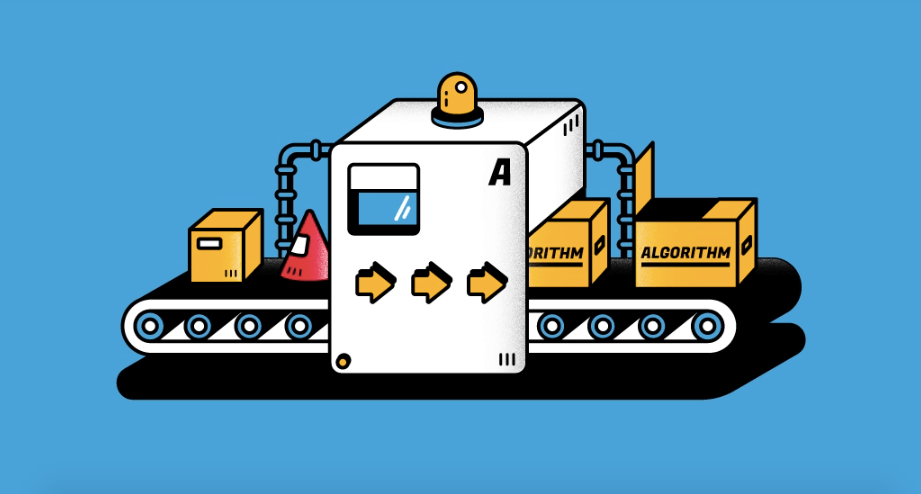Save 50% on a 3-month Digiday+ membership. Ends Dec 5.

When it comes to online privacy, data clean rooms are where it happens. As regulations tighten, digital identifiers evolve and mobile IDs disappear, marketers are looking for ways to understand their audiences more effectively. Clean rooms have become central to new approaches for marketers seeking to centralize shared data and privacy.
Clean rooms are online platforms where multiple companies can safely share information without giving away raw data and compromising consumer privacy. In other words, these technologies are safe spaces for anonymized data sharing to build a better picture of consumers. These rooms also allow advertisers to identify users across different platforms and ensure they’re not overwhelming consumers with too many ads.
This technology is designed to offer consumers more privacy and better ad experiences. However, marketers are finding little benefit in simply gaining access to a clean room. They must also be proactive and compliant in their data collection and activation efforts.
Data clean rooms are essential to consumer privacy
Many marketers’ first exposure to clean rooms is through large, popular platforms such as Google Ads Data Hub or Facebook Advanced Analytics. Yet these environments were designed to be one-way, bringing data in with no intention of returning information and insights. This can create a disconnect between the data analytics and activation capabilities and the privacy-focused nature of clean rooms.
However, as interest in clean room technologies grows and marketers tire of the data collection restrictions of walled gardens, brands are learning how to reset expectations with these spaces.
Sharing data in a privacy-compliant manner makes clean rooms a vital piece of modern marketing stacks. Therefore, if the goal is to resolve identities, marketers need to understand what customer identifiers are being used. Companies and clean rooms are using a variety of identity-focused solutions to accomplish this task.
Ad position: web_incontent_pos1
Why marketers are seeking solutions to align audience identifiers
Identity resolution is vital to the value of clean rooms, and it’s not always a tidy process. For example, if one brand uses email addresses as an identifier while consumers use multiple email addresses, there will be some discrepancies. And if that same brand relies on email addresses as their identifier and another marketer only has physical addresses, they won’t be able to connect their data.
This translation layer is essential to understanding audiences, and clean rooms are helping marketers align the relevant identifiers. Marketers and advertisers are investing in solutions that help standardize the data brought into clean rooms to solve current interoperability issues. They’re looking for technologies that will allow them to match first-party user data with aggregated information from walled gardens.
Despite these challenges, clean rooms still offer opportunities to analyze and draw insights from vast quantities of consumer data, helping marketing teams identify the behaviors, preferences and trends that will impact their bottom line.
How clean rooms are helping marketers make the most of audience data
Ad position: web_incontent_pos2
Clean rooms are delivering tangible benefits to advertisers and marketers alike, allowing them to share and analyze aggregated consumer data with proper restrictions. Consumer data is becoming scarcer as privacy regulations such as the GDPR and CCPA continue to reshape how advertisers run campaigns. As marketers realize the potential and limitations of their first-party data, many are looking to tap into the second- and third-party sources clean rooms offer.
However, there’s not a one-size-fits-all clean room solution. As marketers, advertisers and brands seek ever-increasing collaboration, agility and interoperability with these technologies, other data collaboration environments will be vital. These often include solutions such as universal user IDs, applications like Google’s Privacy Sandbox, browser-based tracking in Federated Learning of Cohorts (FLoC) and contextual targeting.
Cleans rooms are leading the future of data collaboration
Clean rooms are poised to revolutionize how companies and data partners collaborate, share insights and analyze data without compromising consumer privacy.
However, these spaces don’t operate within a vacuum. Marketers and advertisers are learning to work with clean-room technologies and partners that prioritize consumer privacy in their data collection practices while also standardizing the same data to activate it for campaigns. In these ways, clean room solutions have the potential to enable effective audience building and breakthroughs in marketing and analytics while safeguarding consumer privacy in the process.
Sponsored by Experian Marketing Services
More from Digiday

What publishers are wishing for this holiday season: End AI scraping and determine AI-powered audience value
Publishers want a fair, structured, regulated AI environment and they also want to define what the next decade of audience metrics looks like.

Ulta, Best Buy and Adidas dominate AI holiday shopping mentions
The brands that are seeing the biggest boost from this shift in consumer behavior are some of the biggest retailers.

Digiday+ Research Subscription Index 2025: Subscription strategies from Bloomberg, The New York Times, Vox and others
Digiday’s third annual Subscription Index examines and measures publishers’ subscription strategies to identify common approaches and key tactics among Bloomberg, The New York Times, Vox and others.
Ad position: web_bfu